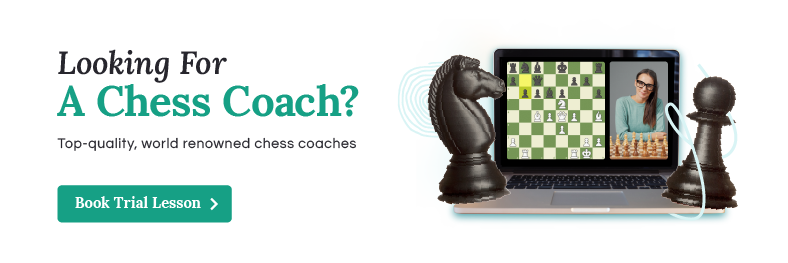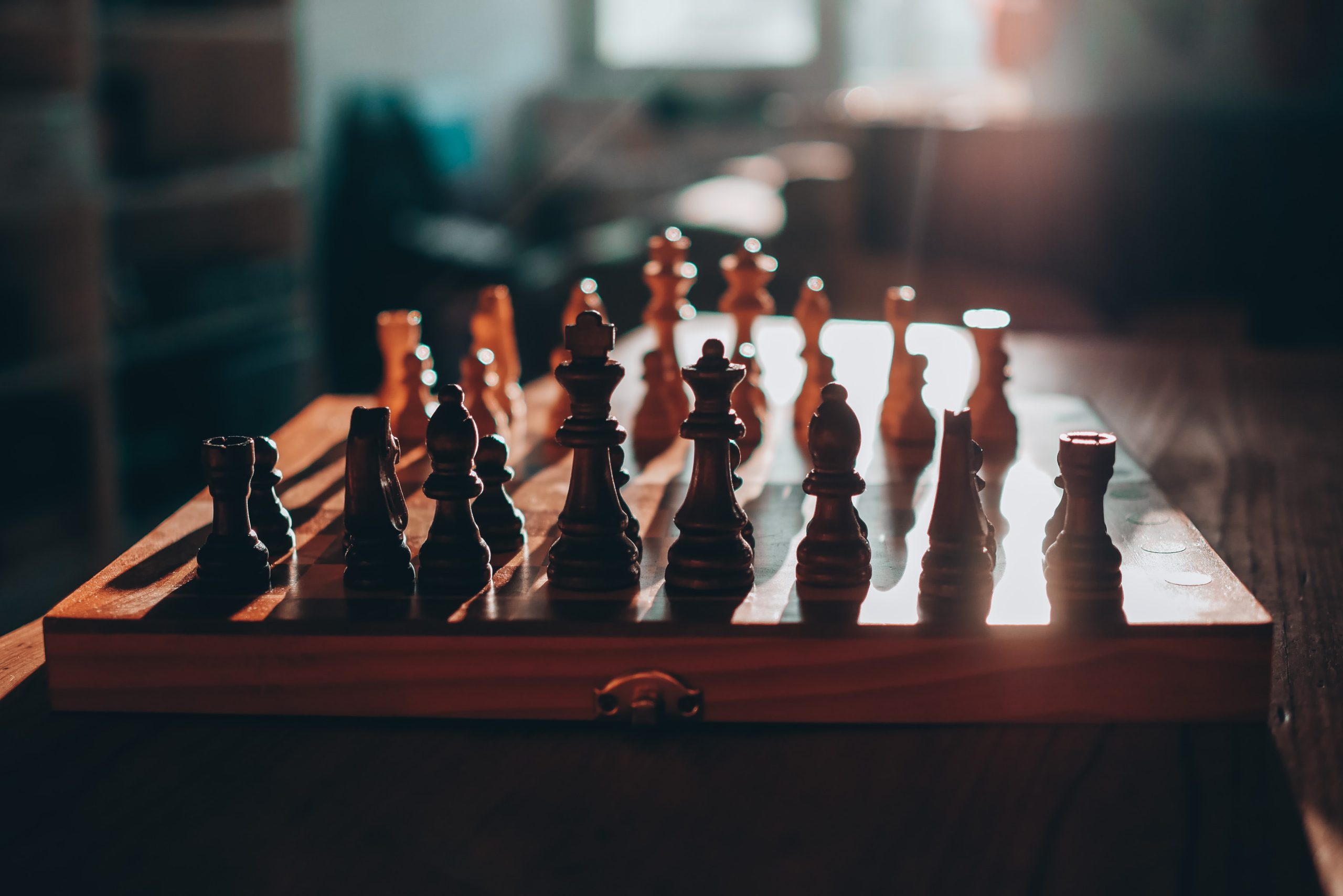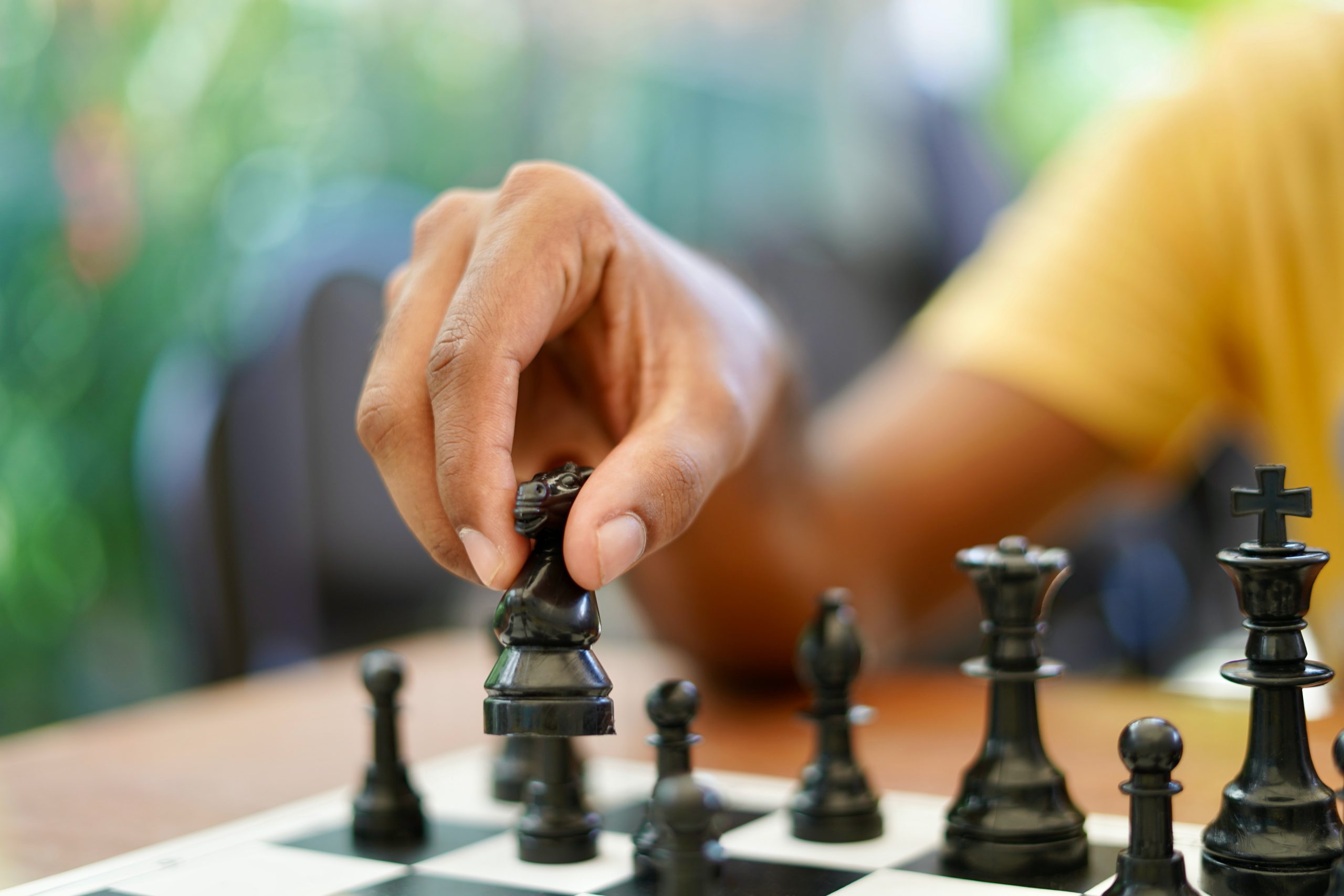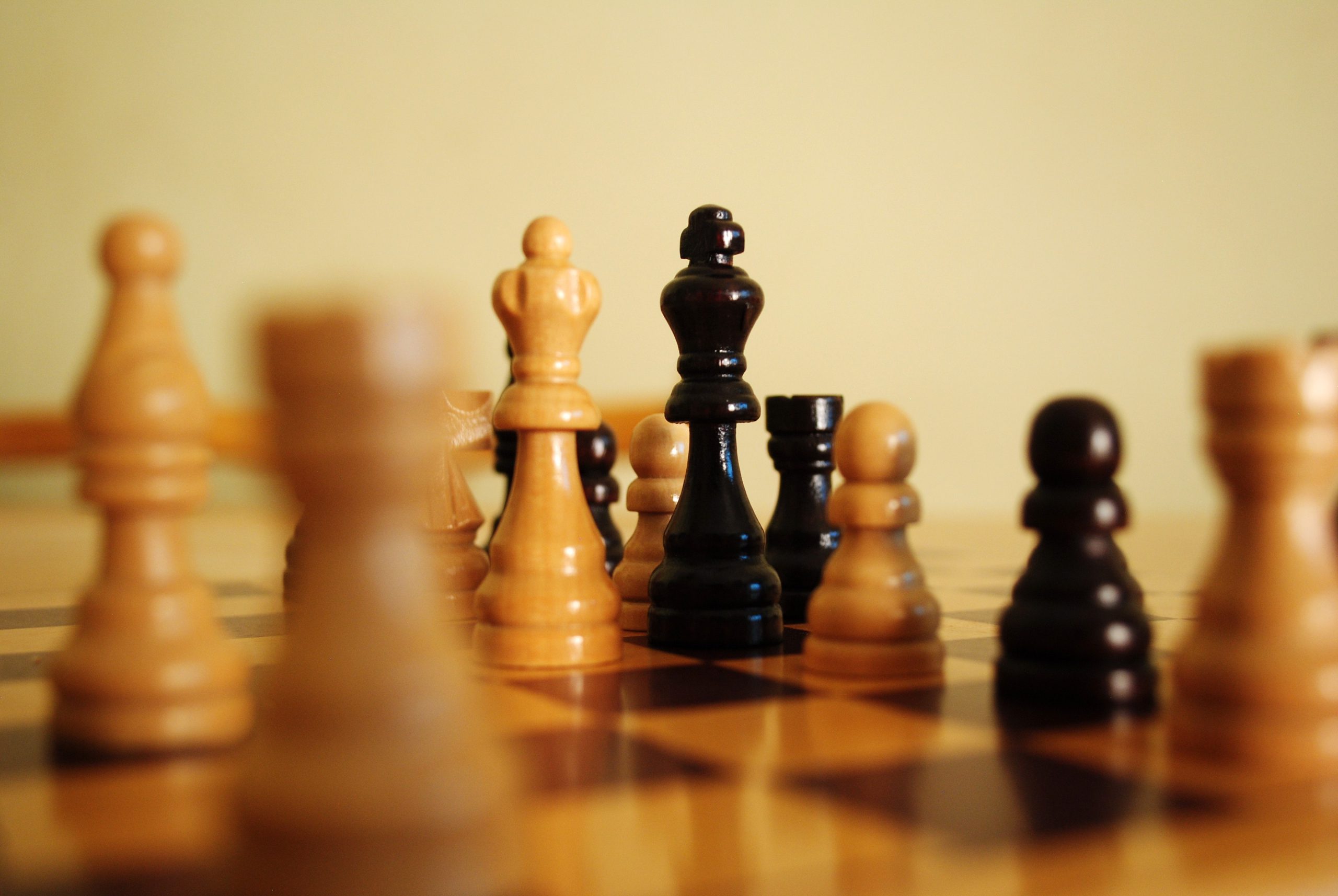Chess has a reputation for being a game of prediction, critical thinking, and strategy. While it is easy to learn how to play, the game takes a lot of knowledge to master. Any experienced chess player will tell you that working towards the endgame is the goal of every match.
For many chess players, endgame can be a difficult challenge to face. Fortunately, there are plenty of informative and affordable online classes, games, puzzles, and more for new and experienced players.
Let’s talk about what endgame is, how to learn it, and the resources available for improvement.
Learn Chess Online
Meet Amphy
The largest marketplace for live
classes, connecting and enriching
humanity through knowledge.



